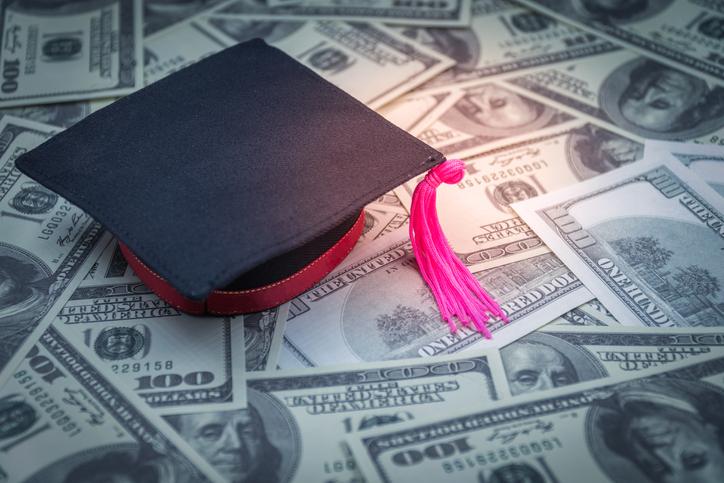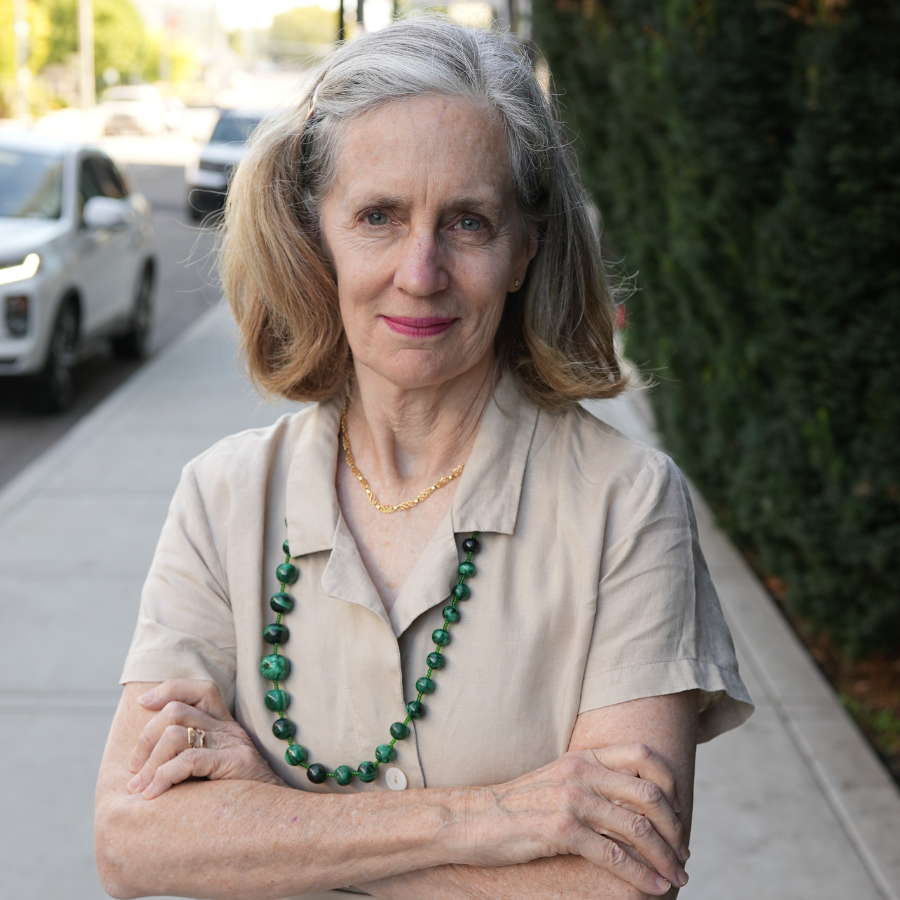Download the summary Policy Note
Download the comprehensive Policy Brief
Key Findings
- Public education is to provide a free, high-quality education for every child, and not to simply fund the existing monopoly school district model.
- Many parents feel the existing monopoly school model limits the ability of their children to succeed academically and later in life.
- Directing public funds to private schools for the benefit of children is routine, non-controversial and enjoys wide bipartisan support among lawmakers.
- At all levels, from early daycare through college, families use public dollars every day to pay tuition at private schools, including religious schools and colleges.
- The regular annual public funding that private school programs receive shows they are popular, effective and politically non-controversial.
- The U.S. Supreme Court has ruled that public dollars may be spent in private schools to educate children, including private religious schools.
- The Court has also ruled that state officials may not use the Blaine Amendment, a policy based on anti-religious bias, to discriminate against private schools from receiving general funding that provides a public benefit.
- Expanding access to private school choice in Washington state, through choice, education saving accounts, tax credits and similar tools, would help policymakers meet the constitutional mandate to educate every child in the state.
Introduction
In public policy, school choice means establishing educational programs that allow parents, not government officials, to direct the money to which they are legally entitled to fund education services, whether public, private, or a combination of the two, that work best for their children.
School choice serves a public purpose because it is in the interest of the community for every child to gain access to an excellent education, particularly one that best matches each child’s particular abilities and aptitudes.
It is common for public school teachers to use a portion of their salaries to pay tuition at a private school for their children. For example, the state’s largest school district, Seattle, has one of the highest rates of private school attendance in the country. While public school teachers have every right to decide how to use the salary dollars they have earned, one aspect of these decisions is that public funds are being used to educate children at private schools.
Many states have extended the same benefit to families in the private sector. The U.S. Supreme Court regularly upholds the legality of programs that provide public dollars to educate children at private schools. The Supreme Court reasons correctly that because an individual, not the state, directs the use of these funds, the programs do not violate the First Amendment’s prohibition against the government establishment of religion.
In the District of Columbia, the Opportunity Scholarship program provides private scholarships to help low-income, minority students attend private schools, including private religious elementary and high schools.
Pell Grants, veterans benefits and tuition loans, funded with public money, are examples of school choice in higher education. These grants are funded with public money, but directed by individual recipients in ways that best meet each student’s educational needs. In higher education, public money for private, including religious, schools is beneficial, routine, and non-controversial.
In the K-12 system, however, tax-funded school choice remains controversial. Union executives, political party activists, school district administrators and other powerful interests strongly oppose allowing parents and students under age 18 from having a say in how they access educational services. They say that, on principle, public money should not go to private schools, regardless of any learning benefits that might be gained by students.
Despite this vocal opposition, however, public funding of private schools occurs regularly, through a range of programs that to date have attracted little attention. Their success demonstrates that there is no policy reason to oppose public funds for private schools in principle, and show that, when carefully designed, these programs provide benefits to students, families, and the general public.
This study includes a list of programs currently allowing families to direct public funds to private K-12 schools here in Washington state. These programs are well-established, non-controversial and enjoy broad support across the political spectrum. They serve as pilot projects demonstrating the benefits students gain when public funds are used to purchase private educational services.
Download the summary Policy Note
Download the comprehensive Policy Brief





